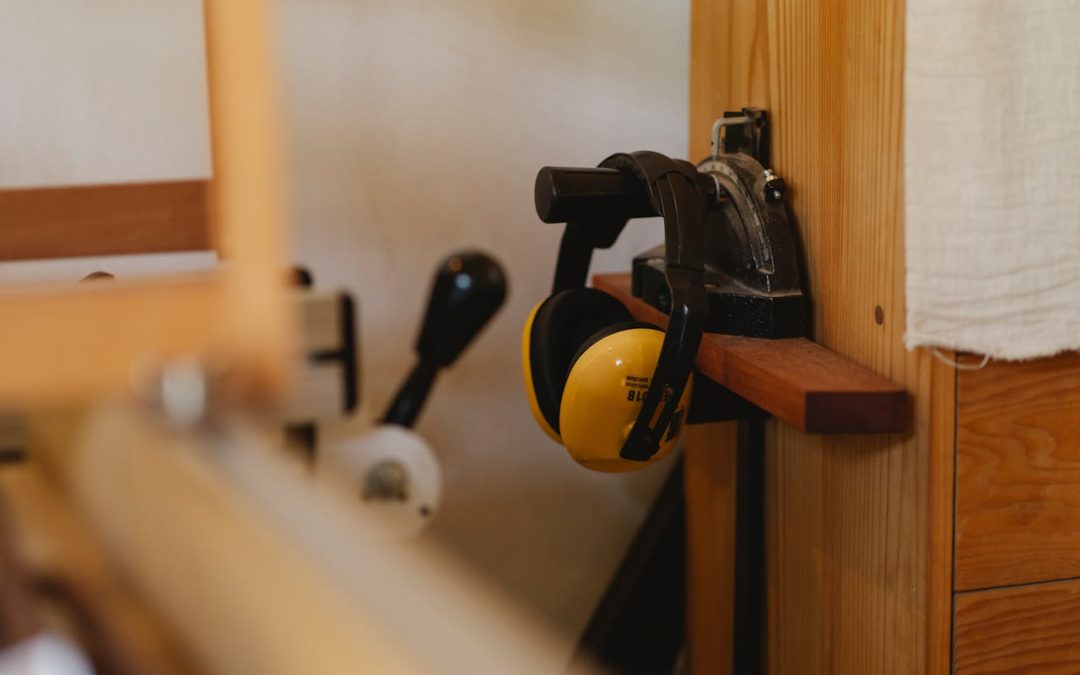
Hearing Conservation
Did you know that hearing loss from noise is 100% preventable? Hazardous noise exposures exist outside of the workplace, as well as on the job. OSHA requires employers to implement a hearing conservation program when noise exposure is at or above 85 A-weighted...

First Quarterly Stormwater Sampling Deadline of 2025 Approaching
If your facility is required to conduct quarterly stormwater sampling in order to comply with the New York State Department of Environmental Conservation (NYSDEC) Multi-Sector General Permit (MSGP) for Stormwater Discharges Associated with Industrial Activity...
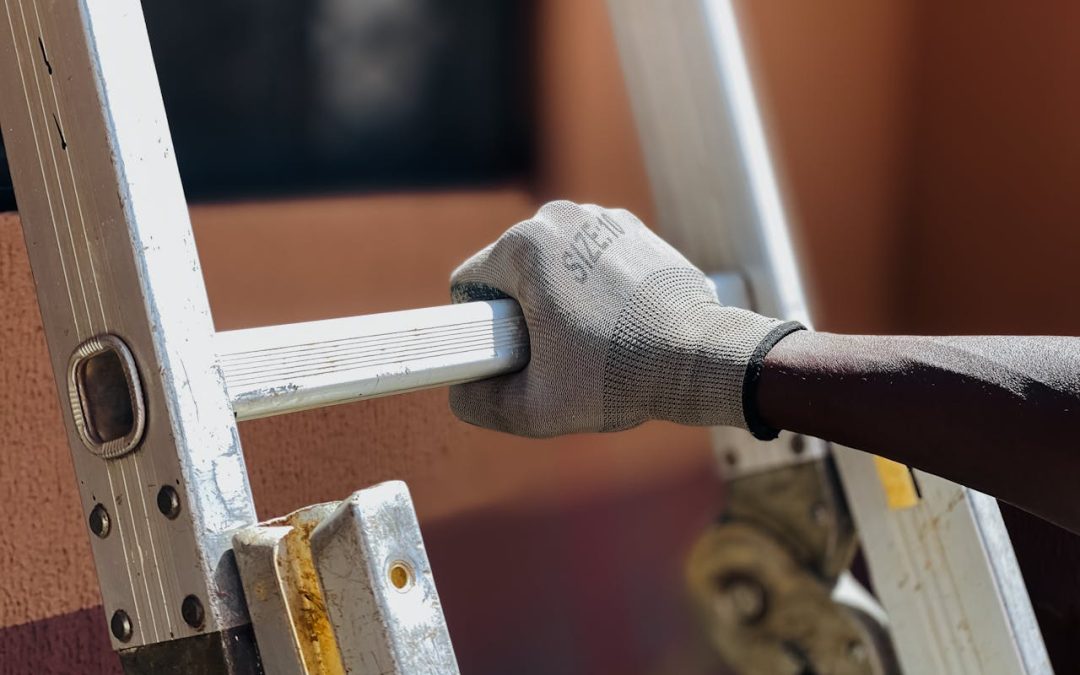
How to Comply with OSHA’s Ladder Safety Requirements
The American Academy of Orthopedic Surgeons estimates that 500,000 people are treated for ladder-related injuries each year, and about 300 of those incidents result in fatality. In January 2025, EHS Today published an article stating that the most common...

Conditional Exclusions for Solvent-Contaminated Wipes
In 2013, the Environmental Protection Agency (EPA) published a final rule that modified its hazardous waste management regulations for solvent-contaminated wipes under the Resource Conservation and Recovery Act (RCRA). This rule revised the definition of solid waste...
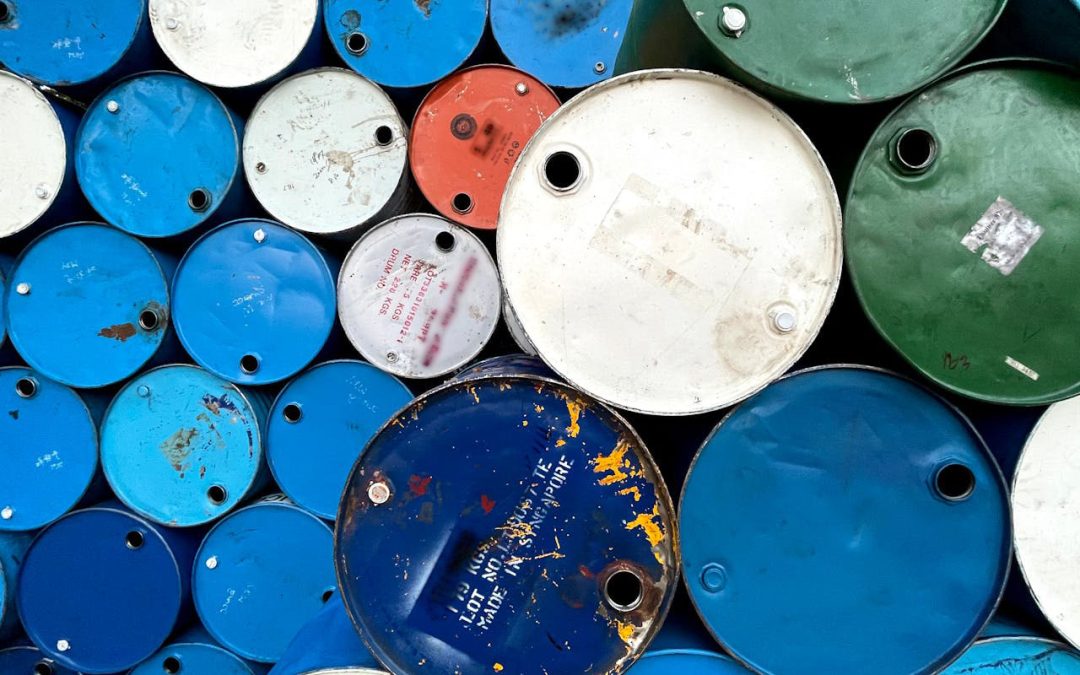
Say Goodbye to Trichloroethylene in 2025
EPA Bans Trichloroethylene Trichloroethylene (TCE) has various uses, but it is commonly utilized as a solvent for cleaning, adhesives, and paints, or for extracting fats and oils from materials. TCE was most commonly used throughout the mid-1900s and is favored in...
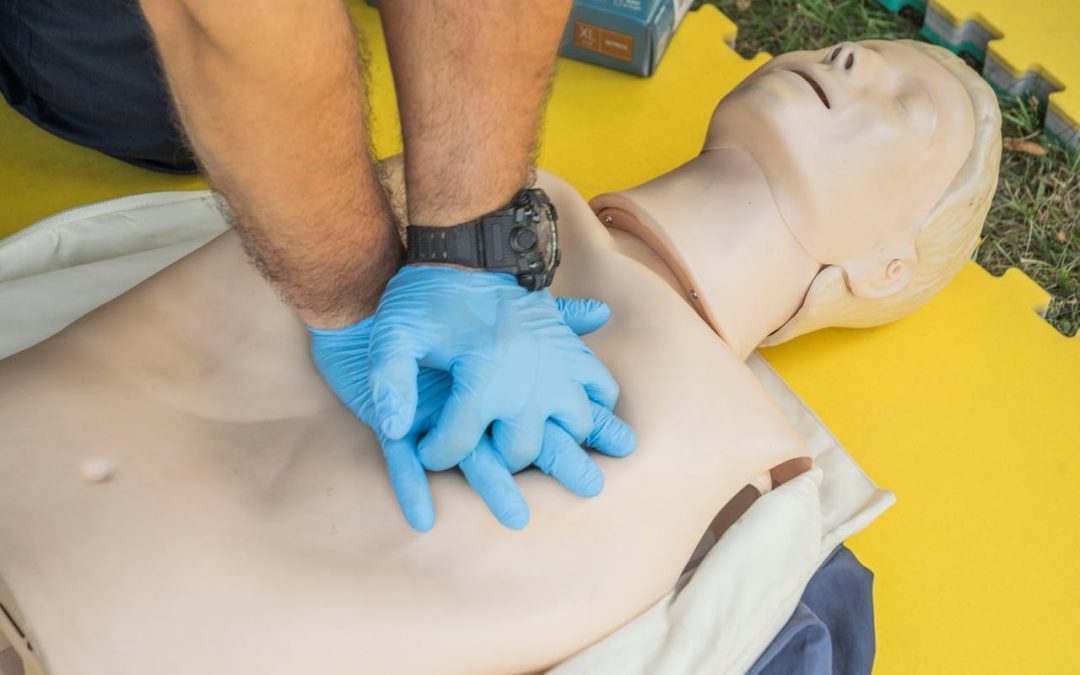
Do Your Employees Know What to Do During an Emergency?
Cardiopulmonary Resuscitation (CPR) and Automatic External Defibrillators (AEDs) When someone has a heart attack or other catastrophic injury that interrupts their breathing and heart function, CPR can save their life, but only if someone else knows how perform it....
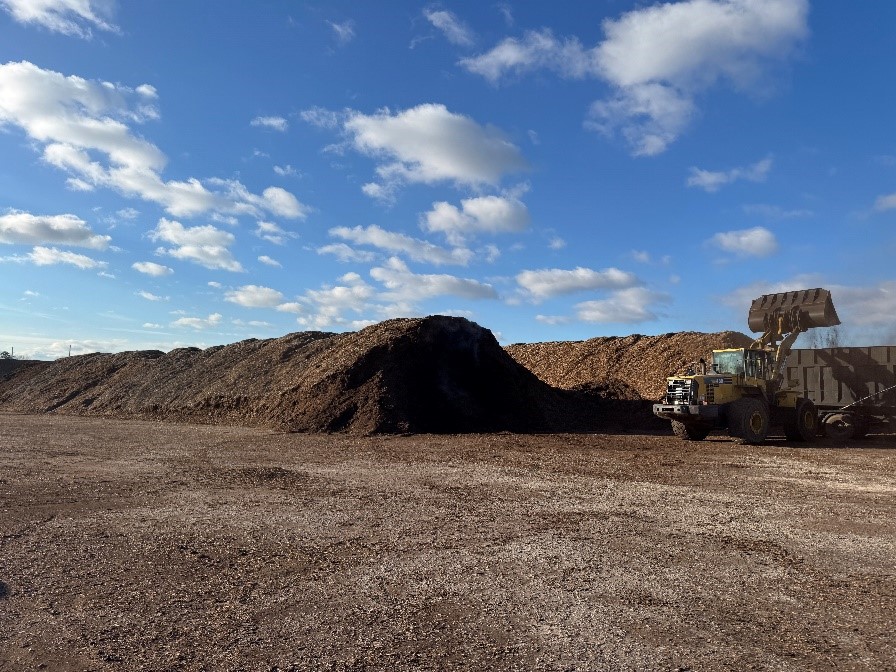
Mulch Facility Temperature Monitoring Logs Required as Part of Solid Waste Annual Report
REMINDER: Temperature monitoring logs for mulch material windrows/piles are now required to be submitted for mulch processing and storage solid waste management facility (SWMF) annual reports in accord with 6 NYCRR (New York Codes, Rules, and Regulations) Part 360 and...
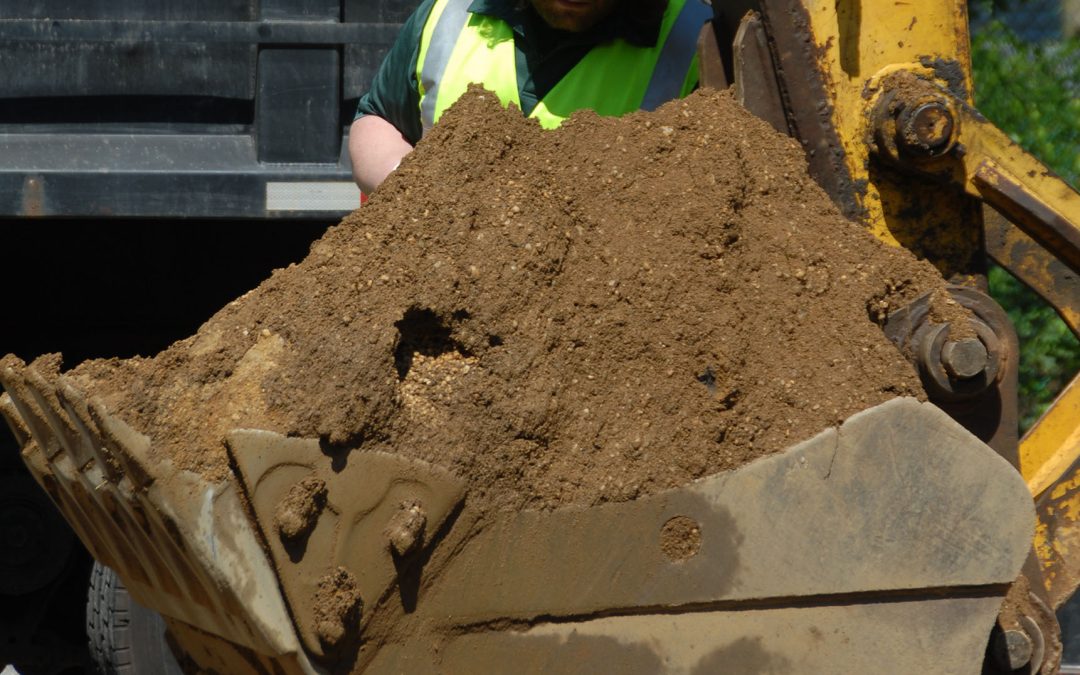
Solid Waste Annual Report Submission Deadline Is Approaching
If you own or operate a Solid Waste Management Facility (SWMF), like any of those listed below, this information is for you! Construction and Demolition (C&D) Debris Handling and Recovery Facilities Transfer Facilities/Stations Organic Waste Recyclers/Processors...

NYS and NYC Strengthen Food Waste Reduction Efforts
New York State (NYS) and New York City (NYC) are escalating their efforts to reduce food waste by utilizing inclusive legislation and regulations aimed at businesses and residents. Understanding these laws is important to ensuring compliance and contributing to...
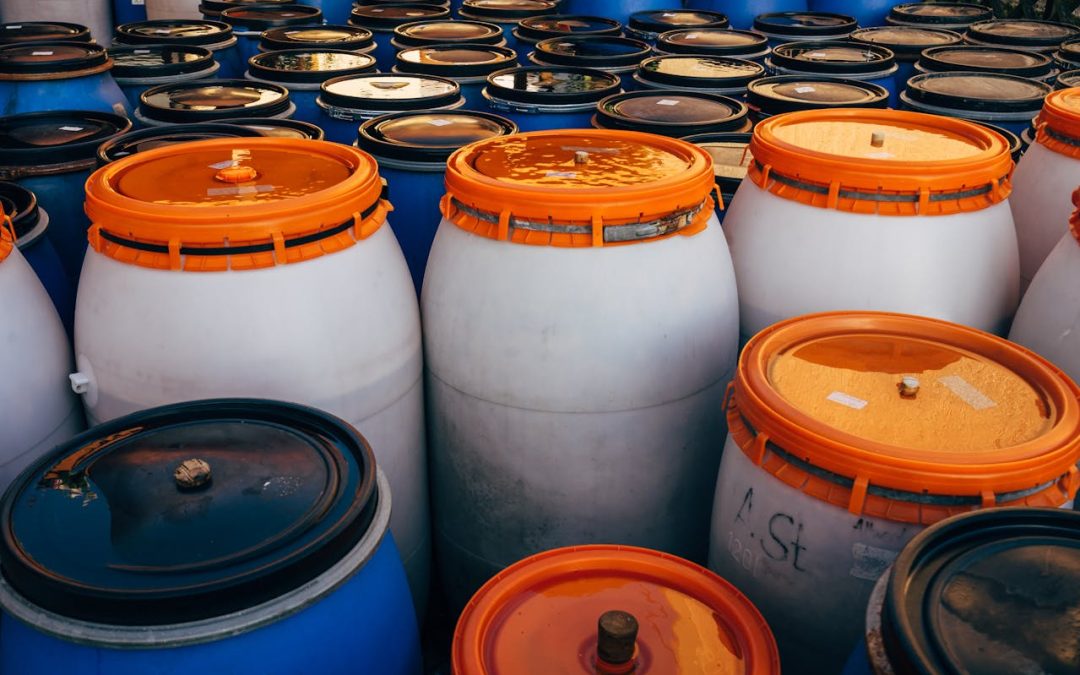
Deadline for Annual Hazardous Waste Report Filing: March 1, 2025
Annual hazardous waste reports must be filed with the New York State Department of Environmental Conservation (NYSDEC) by March 1 each year for hazardous waste generating facilities operating in New York State. What Facilities Need to File an Annual Hazardous Waste...
